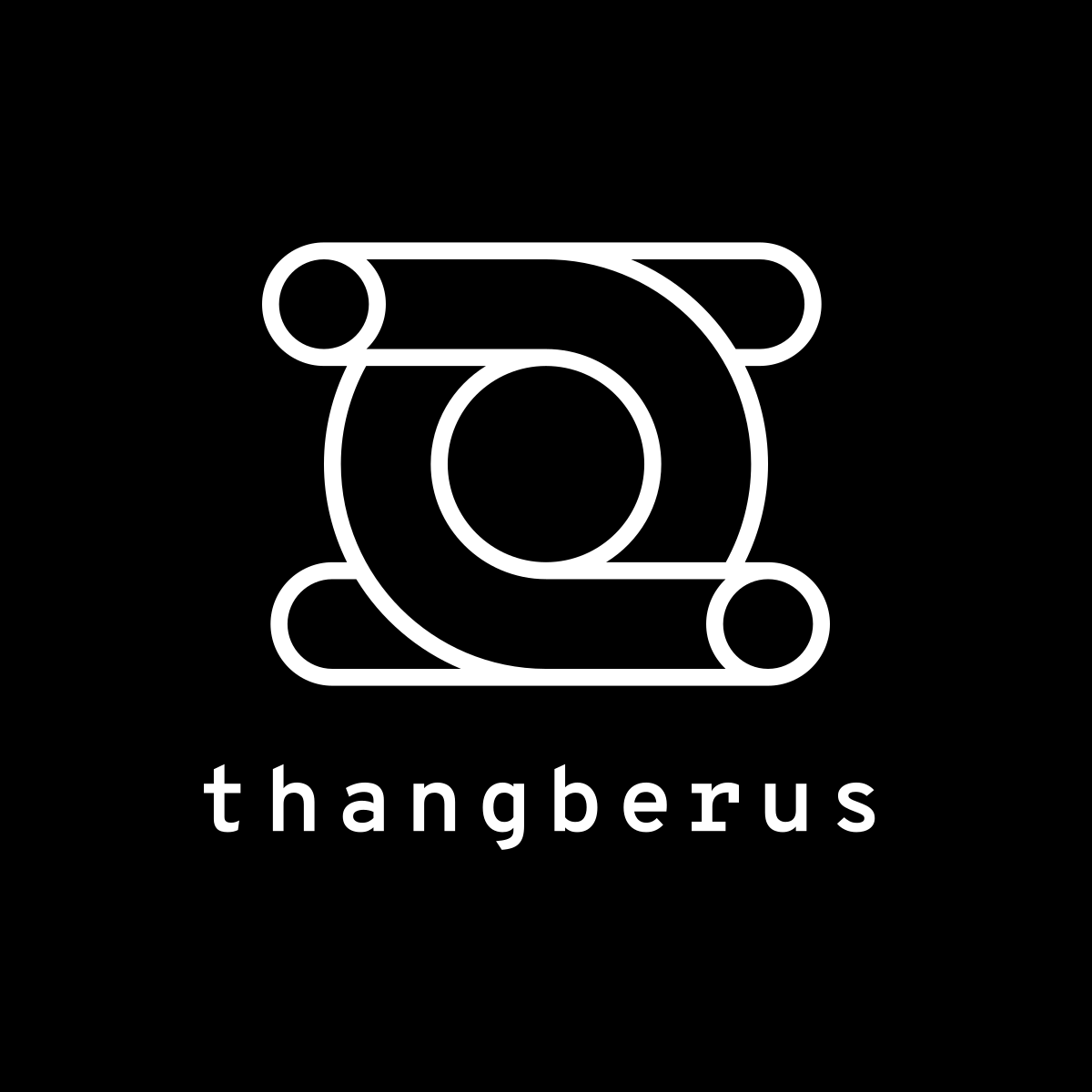TGA Vaping Crackdown: Unpacking Australia’s 2025 E-Cigarette Ban & Future

The year 2025 heralds a transformative era for e-cigarette use in Australia, as new, more stringent government regulations come into full effect. Amidst widespread public discourse on vaping's health implications and the practicalities of policy enforcement, this in-depth analysis, drawing from current governmental decrees and pivotal health studies, aims to illuminate the fundamental shifts introduced by the 2025 ban. We will explore the effectiveness of its rollout, dissect areas of public and industry contention, and provide a clear, nuanced perspective on the prevailing Australian e-cigarette regulatory environment, with a keen eye on the Therapeutic Goods Administration's (TGA) role in overseeing TGA vaping products.
Key Updates for 2025: Since December 2024, the Therapeutic Goods Administration (TGA) has expanded its regulatory scope, requiring all e-cigarette devices (whether containing nicotine or not) to meet new safety standards. Simultaneously, the prescription acquisition process has been simplified through digital health platforms, but the issue of the illegal market remains prominent.
Part One: Core Content of the 2025 Ban
1.1 Legal Status and Scope of Application
Australia's 2025 e-cigarette policy stipulates:
- Nicotine-containing e-cigarette products can only be legally obtained through prescription.
- All e-cigarette devices must comply with new safety standards issued by the TGA.
- The sale of all flavored e-cigarettes (including non-nicotine products) is prohibited.
- The maximum import limit for personal use e-liquid is adjusted to 120ml/month.
📢 Latest Change: In March 2025, the Department of Health announced the inclusion of non-nicotine e-cigarettes under the pharmaceutical regulatory framework, ending the previous regulatory grey area.
1.2 Strengthened Functions of the Therapeutic Goods Administration (TGA)
In 2025, the TGA has been granted broader enforcement powers, including:
- Implementing real-time monitoring of online sales platforms.
- Establishing an e-cigarette product traceability system.
- Imposing hefty fines on non-compliant sellers (up to 30% of annual turnover).
- Strengthening border control in collaboration with customs.
1.3 Compliance Requirements and Penalty Mechanisms
Updated penalty standards for 2025:
- Illegal personal importation: Maximum fine of $250,000 (previously $220,000).
- Illegal corporate sales: Maximum fine of $1,500,000 (previously $1,100,000).
- Introduction of a "repeat offender clause": Penalties doubled for second offenses.
- Mandatory minimum penalties for sales to minors.
1.4 Optimization of Prescription Acquisition Process
Improvements to the prescription process in 2025:
- Launch of a national unified e-prescription platform.
- Increase in the number of accredited pharmacies to 1,200 (up from 800 in 2023).
- Extension of telehealth prescription permits until 2026.
- Simplified prescription requirements for low-dose nicotine products.
1.5 State-level Enforcement Differences
Despite uniform federal regulations, differences in state-level enforcement persist:
- New South Wales: Established special enforcement teams, seizures increased by 45%.
- Victoria: Implemented a "smoke-free retail zone" policy, prohibiting sales near convenience stores.
- Queensland: Focused on cracking down on illegal sales near schools.
- Western Australia: Introduced the strictest penalties, including criminal charges.
Part Two: Policy Impact and Points of Contention
2.1 Public Health Outcome Assessment
Research in 2025 shows:
- Adult smoking rate dropped to 10.2% (historic low).
- However, traditional cigarette sales unexpectedly increased by 3.8% (2024 data).
- E-cigarette-related emergency room visits decreased by 26%.
- Demand for nicotine addiction treatment increased by 33%.
2.2 Industry Transformation and Market Changes
The e-cigarette industry presents a new landscape in 2025:
- 30% of e-cigarette retailers transitioned to smoking cessation counseling centers.
- The prescription e-cigarette market reached AUD $120 million.
- The illegal market share is still estimated at around 40%.
- Growth in domestic manufacturing of safe e-cigarette devices.
2.3 Enforcement Challenges and the Illegal Market
Major enforcement challenges in 2025 include:
- Increase in covert sales on social media.
- Difficulty in detecting small parcel smuggling.
- "Rebranded" products evading regulation.
- Cryptocurrency payments complicating fund tracing.
Expert Opinion: "The 2025 ban has been effective in reducing youth usage, but has unexpectedly driven innovation in the illegal market. We need to balance regulation with reasonable access pathways." – Professor Amanda Lee, Public Health, University of Melbourne
2.4 International Policy Comparison
Global regulatory trends in 2025:
- New Zealand: Abandoned its original smoke-free plan, shifting to a regulatory model.
- United Kingdom: Promotes e-cigarettes as a smoking cessation tool, with usage rates continuing to rise.
- Canada: Implemented flavor restrictions but maintained retail channels.
- United States: FDA has approved specific products as harm reduction tools.
Part Three: Future Policy Directions
3.1 Policy Adjustment Directions for 2025-2026
According to the Department of Health roadmap:
- Develop a national e-cigarette product registration system.
- Expand the coverage of the pharmacy distribution network.
- Increase the budget for smoking cessation subsidy programs.
- Strengthen international law enforcement cooperation.
3.2 Technological Innovation and Regulatory Responses
Emerging technology challenges:
- Emergence of nicotine-free stimulant products.
- Biodegradable e-cigarettes raising environmental controversies.
- Popularization of smart dose-control devices.
- Development of virtual reality smoking cessation aids.
Conclusion: Finding Balance Amidst Change
The Australian e-cigarette policy framework entering 2025 is a complex, continually adjusting system. While initial data suggests positive movement in curbing youth access, significant hurdles such as the resilient illicit market and the resource-intensive nature of enforcement persist. The global landscape of vaping regulation offers diverse models, prompting a necessary re-examination of whether Australia's current prescription-centric approach for TGA vaping products offers long-term viability. The ultimate triumph of these policies will hinge on a delicate interplay of factors: ensuring the prescription pathway is genuinely usable for those who need it, mounting a formidable and adaptable defense against illicit trade, and broadening the reach and efficacy of cessation support. As the 2026 policy review horizon nears, collaborative engagement from all affected parties will be paramount in sculpting a truly impactful and balanced strategy for tobacco harm reduction in Australia.
Further Reading: 🚀 Australia Vape Starter Kits 2025: Unboxing, Setup & Performance Tested for Beginners
